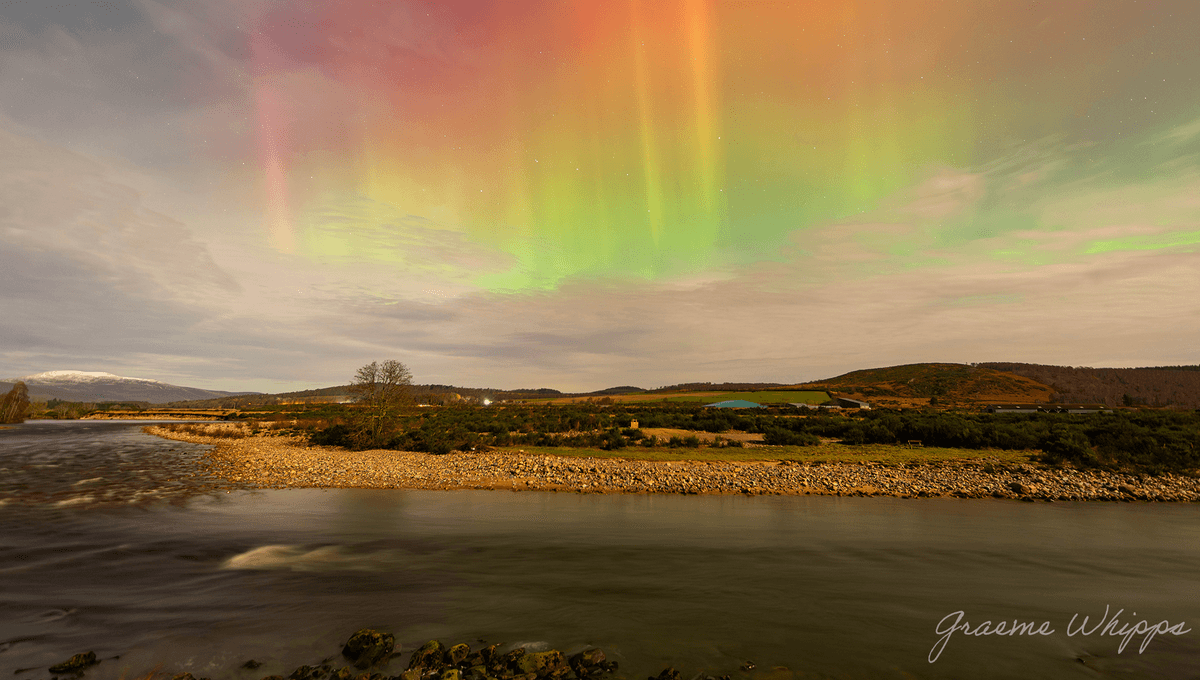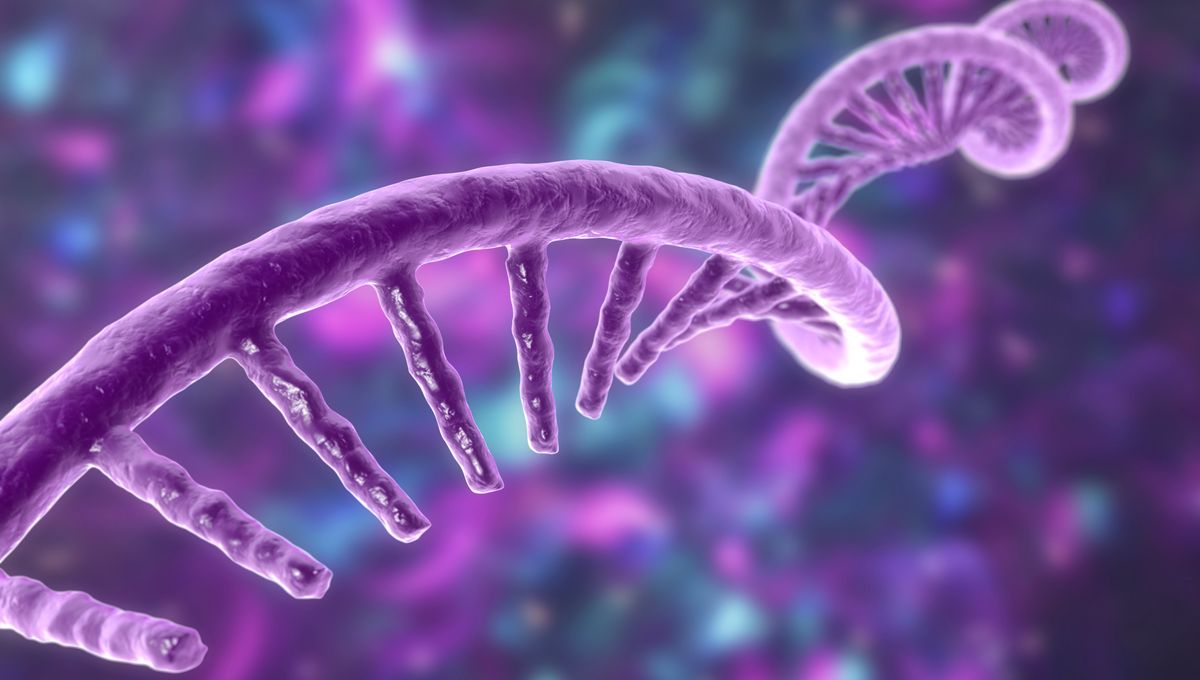Prepare to be mesmerized by the captivating dance of colors in the aurora display. While not an exact replica of Pantone samples, these lights possess a unique charm due to their specific colors and the fascinating process behind their creation.
Picture this: atoms in our atmosphere become ionized, either by losing an electron or by their electrons moving to an excited state as they interact with solar particles. When these atoms return to their normal state, they release energy in the form of light, resulting in the breathtaking aurora spectacle.
Now, let’s delve into the science behind the colors. The world of atoms and molecules operates on a quantized level, meaning that the energy an electron can have in an excited state is always the same. Consequently, the color of light released is always consistent. In the case of aurorae, the predominant color is green, courtesy of oxygen’s ability to be easily excited.
But wait, there’s more! While less common, other colors make occasional appearances in the aurora display. For instance, you might witness the enchanting combination of green lights accompanied by hints of red. The source of these red hues can be attributed to nitrogen atoms, which can also produce shades of purple, blue, and pink depending on the energy involved.
However, when the sun is particularly active, oxygen can also generate red hues. This is especially relevant now as we approach the solar maximum, a period characterized by increased solar storms and flares, resulting in more frequent aurorae. The header image and timelapse above were captured during a recent geomagnetic storm, just a few days ago.
Interestingly, the red aurorae are longer-lasting due to the extended excitations they undergo. Oxygen, for example, can remain in an excited state for nearly two minutes, making these red lights more visible at higher altitudes where collisions are less frequent. They often crown the green aurorae, creating a stunning visual contrast.
Now, let’s explore the elusive orange and yellow hues that occasionally grace the northern lights. Surprisingly, these colors are not emitted by any specific atoms. Instead, they are a trick played by our eyes and cameras, similar to color filters used in stage lighting. Under certain conditions, the green and red aurora can appear to have an orange hue, adding an extra layer of enchantment to the already magical display.
Whether we engage in a philosophical debate about the existence or non-existence of orange aurorae, one thing is undeniable: they are undeniably beautiful.
[H/T: SpaceWeather]








